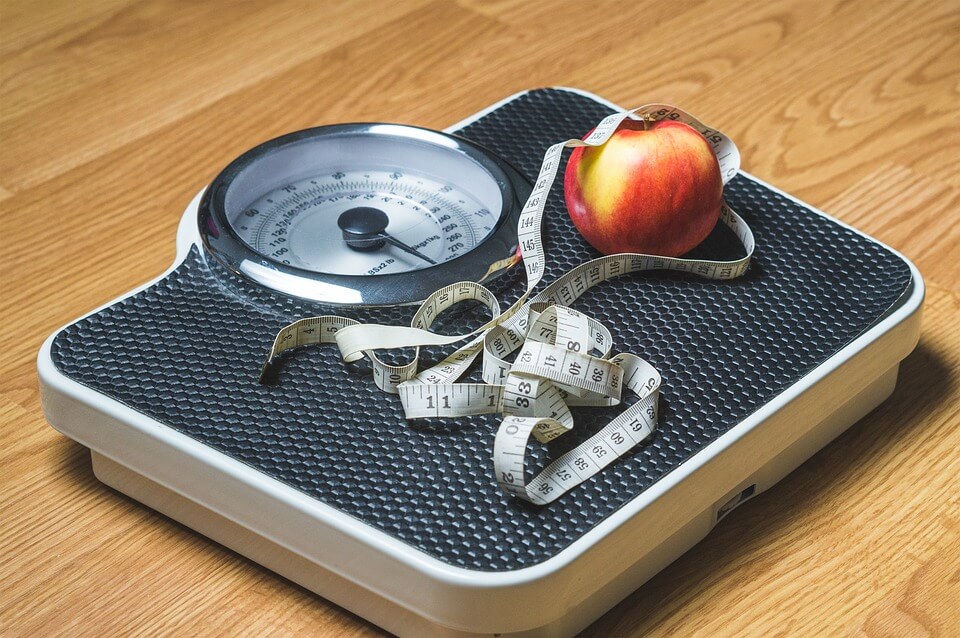
It’s not that crazy a question to ask.
At some point in their lives, 20 million women and 10 million men in the U.S. will suffer from a clinically significant eating disorder. And while, when you hear the words “eating disorder,” you probably think of anorexia and bulimia – and blatant examples of the two disorders, at that – most cases masquerade as something much more benign.
Often, binge eating disorder looks like being a “foodie,” anorexia like “being a picky eater” and orthorexia(obsession surrounding food quality and purity) like “being a really healthy eater.” While the latter is a newer eating trend not yet recognized in the gold-standard authority on eating disorders, the DSM-5 (aka the Diagnostic and Statistical Manual of Mental Disorders, 5th Edition), the manual called out binge eating disorder for the first time in 2013 – and it’s already recognized as the most common eating disorder in the U.S.
Binge eating disorder, or BED, affects 3.5 percent of women, 2 percent of men and up to 1.6 percent of adolescents, says licensed professional counselor Kathleen Murphy, clinical director of Breathe Life Healing Centers in California, which works to help people overcome eating disorders, including BED.
“BED is characterized by recurrent episodes of loss of control of food intake. Specifically, eating large amounts of food, often quickly to the point of physical pain or intense discomfort,” Murphy explains. “These episodes are often followed by intense shame, guilt, self-loathing and promises to never do it again. The cycle is then repeated over and over, much to the consternation of the binger.”
Meanwhile, binging, purging or restricting food intake on occasion or without causing a severe drop in weight, not to mention using diuretics to lose weight or excessively eating at night, all qualify as “other specified feeding or eating disorders,” or OSFEDs.
OSFEDs make up roughly 70 percent of all eating disorder cases, according to the National Association of Anorexia Nervosa and Associated Disorders. However, since OSFEDs are less likely to be reported or diagnosed compared to physically obvious cases of anorexia and bulimia, they could easily be even more prevalent.
“Not all symptoms are immediately apparent, especially if the cases have not had obvious physical effects,” says Claire Mysko, CEO of the National Eating Disorders Association. “Eating disorders can be serious and life-threatening without extreme weight loss or weight gain, and there can be hidden medical consequences that may be difficult to identify without specific laboratory tests.”
And, on the other side of the eating disorder coin is what’s called anorexia athletica: taking exercise too far in the name of weight loss. About half of people with any eating disorder (OSFED or otherwise) may suffer from the condition, exacerbating medical issues, according to the American Council on Exercise.
Eating Disorders Versus Disordered Eating: What’s the Difference?
If 30 million Americans deal with eating disorders, way more than that deal with disordered eating.
“Countless individuals do not meet the clinical criteria to be diagnosed with an eating disorder, but are still struggling nonetheless,” Mysko says. Perhaps they binge when they’re alone, purge when they feel guilty over eating that second slice of cake or are constantly hopping from deprivation diet to deprivation diet.
While occasional, or even regular, disordered eating doesn’t automatically qualify you as having an eating disorder – your eating issues have to interfere with your ability to live a normal, flexible life to represent a full-blown disorder – it’s important to remember that virtually all eating-disorder cases start with a few dysfunctional eating habits here and there, she says.
Heal Your Relationship with Food
So if eating disorders and disordered eating are so hard to spot, how do you know if your relationship with food (and your body) needs some TLC? “Think about your eating habits and how flexible you are in terms of food,” Mysko says. Do your eating habits feel too rigid to make things like eating out with friends or having guests over to dinner uncomfortable or downright impossible? Or, on the flip side, do you feel out of control when food’s around? Do you often feel depressed, anxious, like you have low self-esteem or are caught up in perfectionism over your body? Do any of your family members struggle with disordered eating? These are all questions you need to ask, Murphy says.
“It is important to remember that society and culture contribute to the risk of developing eating disorders. For example, the pressure to look and live a certain way, especially in an increasingly mediated world where social media invites comparing and despairing,” she says. It’s also possible that you’re predisposed to eating disorders, whether through genetics or existing mental illnesses like depression.
Whatever the cause, it’s not your fault, and you can gain control through early intervention. If you are worried that your eating habits are disordered, don’t hesitate to seek help. “Early intervention can be so helpful in treating eating concerns. The earlier someone recognizes a problem and gets help, the faster they can work on establishing a healthy relationship with food,” Mysko says.
Make an appointment with your primary health care provider or therapist to discuss your concerns. If you need help finding a professional who specializes in eating behaviors, go to myneda.org/helplinechat.
By K. Aleisha Fetters for US News & World Report













